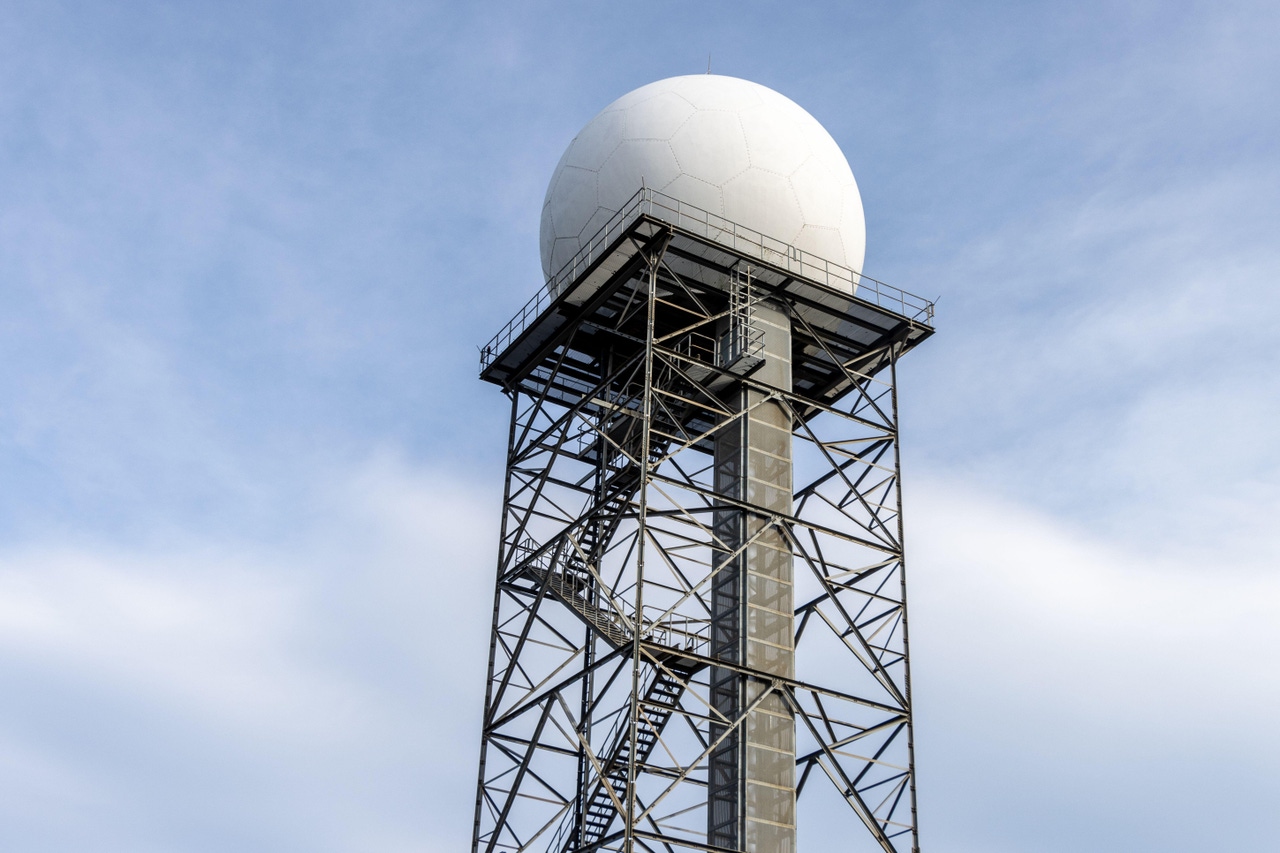Outage Alert: Weather Service Warning Systems Fail During Severe Storm OutbreakOutage Alert: Weather Service Warning Systems Fail During Severe Storm Outbreak
As dangerous weather moved across the Midwest, a network outage knocked out National Weather Service radar systems and many forecast offices’ capability to issue tornado and severe thunderstorm alerts.
April 3, 2024

(The Washington Post) -- A network outage knocked out National Weather Service radar systems and many forecast offices’ capability to issue tornado and severe thunderstorm alerts early Tuesday, as dangerous weather moved across the Midwest.
The breakdown lasted more than four hours, Weather Service officials said, creating “intermittent” network disruptions at many of its 122 offices. Each is responsible for monitoring weather and warning the public about dangerous conditions in its region.
During the outages, severe weather necessitated about 50 tornado and thunderstorm warnings across states including Missouri, Illinois and Kentucky, said Daryl Herzmann, who runs the Iowa Environmental Mesonet and maintains a cache of data on Weather Service watches and warnings across the country.
Operations were back to normal as of 6:30 a.m. Eastern, Weather Service spokeswoman Susan Buchanan said after the agency shifted network services from a data center in College Park, Md., to one in Boulder, Colo. The agency is working with an information technology vendor “to identify the root cause of the outage,” Buchanan said in an email.
It was not the first instance of such a network failure - more isolated outages occur as often as once a month, Herzmann said - but was perhaps the most consequential in recent memory. Meteorologists around the Midwest were without key information that would normally be at their fingertips, and many severe-weather warnings went out to the public late, if at all.
“There are little outages all the time,” Herzmann said. “Typically they don’t have this large of a blast radius, let’s say. This was a big one.”
At times, the issues led to duplicative and delayed warnings. For example, the Weather Service’s St. Louis office was unable to issue two tornado warnings early Tuesday, so the Kansas City office issued them instead; when the St. Louis office’s systems came back online, the warnings went out again, Herzmann said.
It also led to confusion for broadcast meteorologists who were seeking up-to-date information for their audiences as severe weather moved through.
Jacob Dickey, a meteorologist with WCIA in Illinois, said on X early Tuesday that he was receiving hand-drawn maps of tornado warning areas from the Weather Service’s St. Louis office, as it was unable to send out the warnings electronically.
“Clear data issues happening with NWS right now,” he wrote.
“Sheesh,” he added.
Buchanan said watches and warnings were being issued as normal Tuesday morning as more storms and possible tornadoes moved across the Ohio and Tennessee Valleys.
Other major outages have occurred in recent years, including in 2021, when its websites crashed and data became inaccessible. Meanwhile, even when radar systems are operational, gaps in radar coverage leave millions of people vulnerable to missed severe weather warnings.
Ken Graham, the Weather Service’s director since June 2022, has said addressing crumbling data infrastructure is a top priority.
About the Author
You May Also Like









